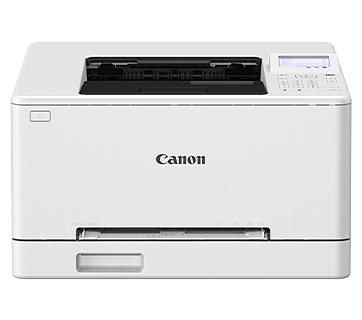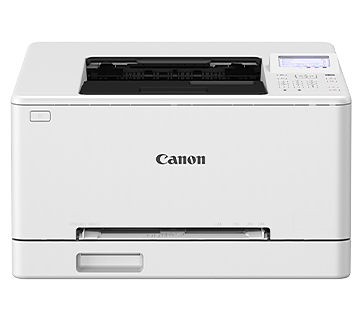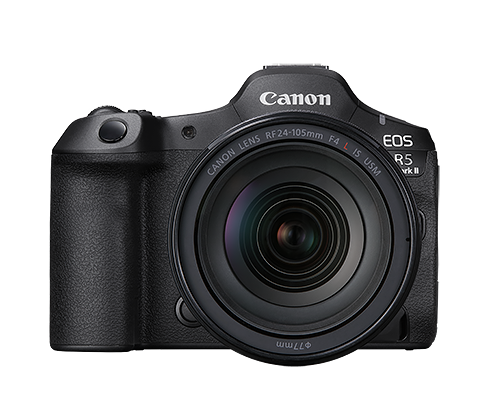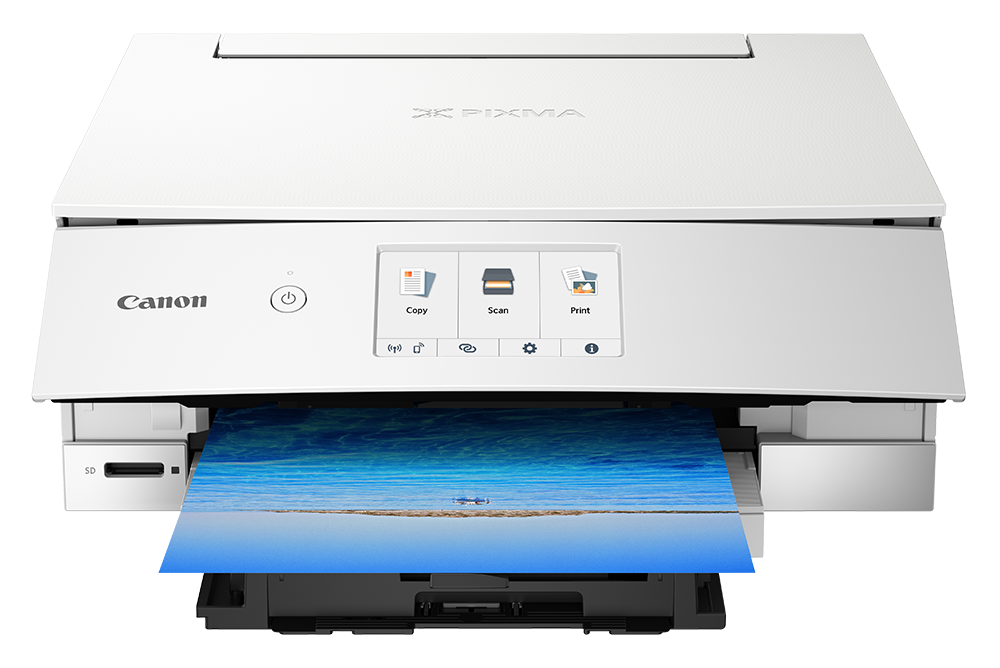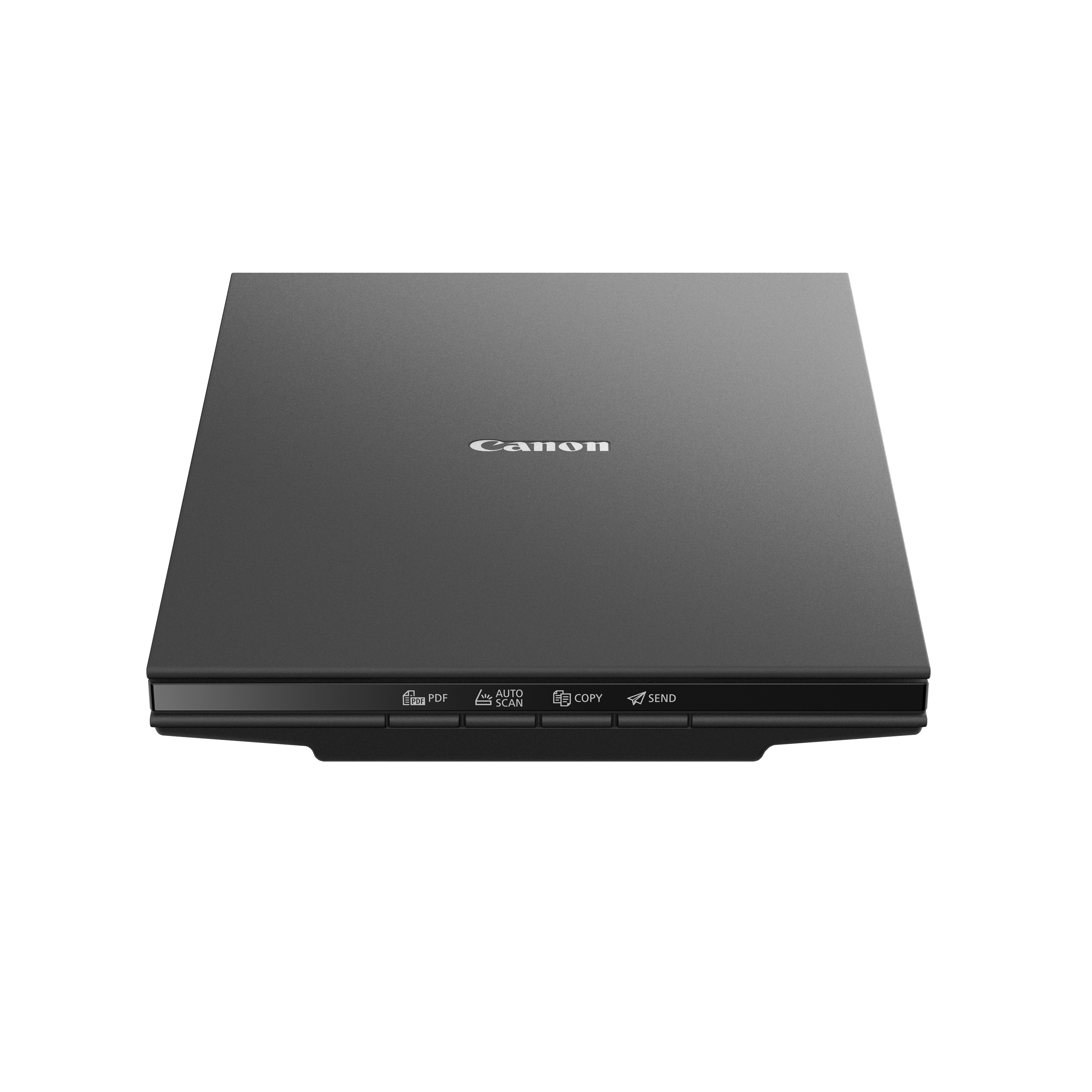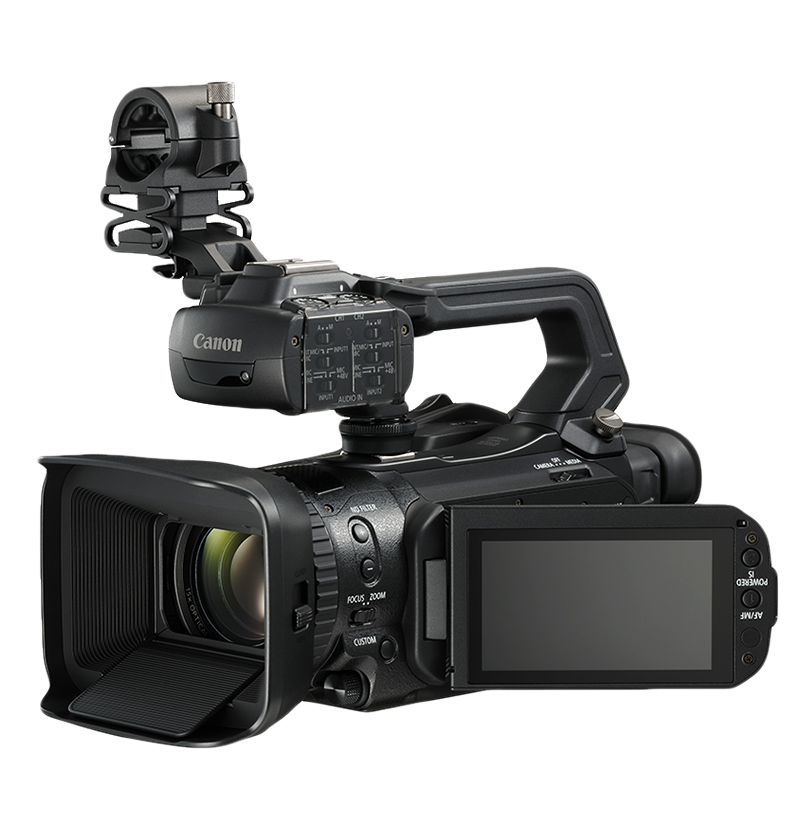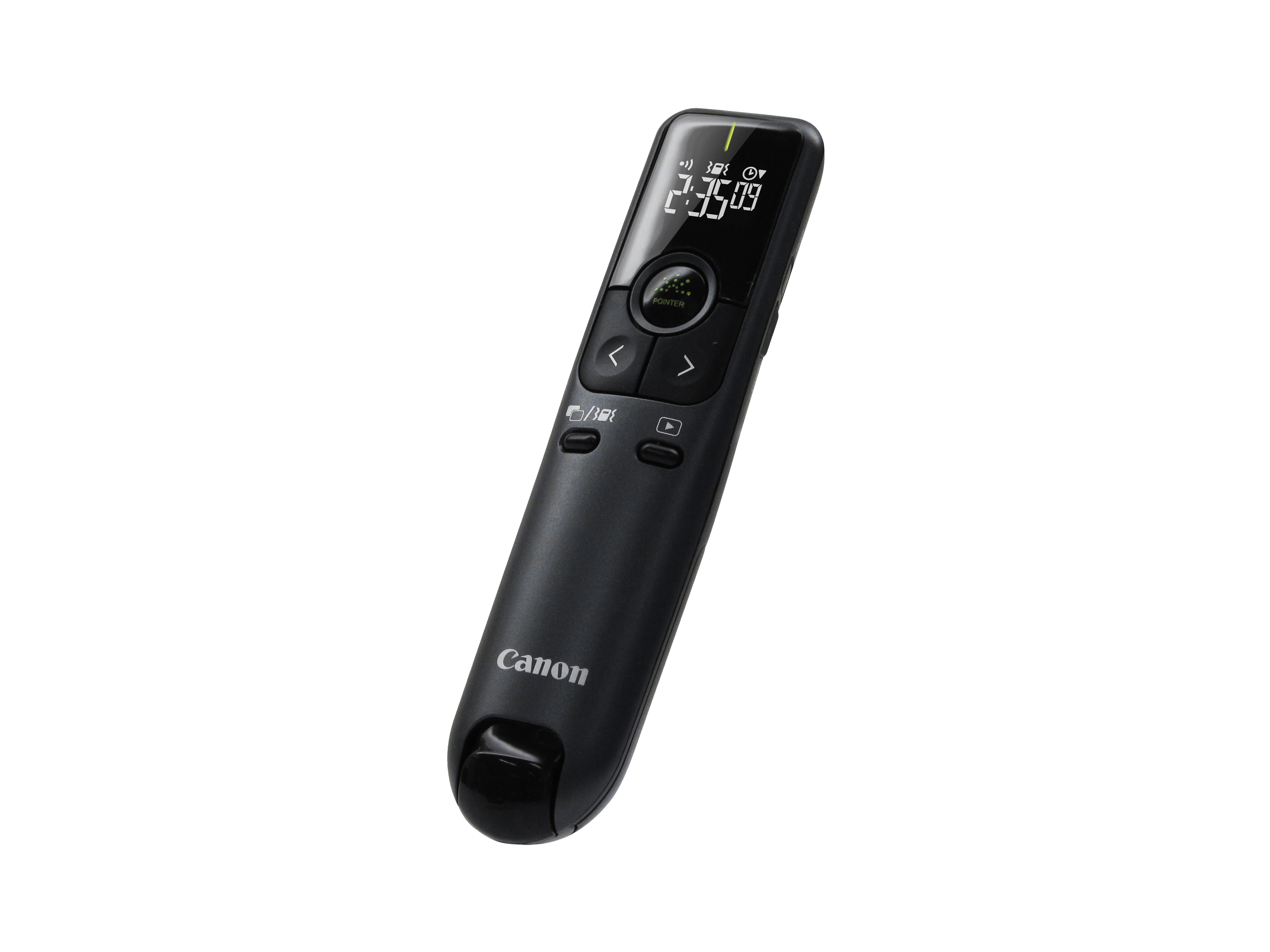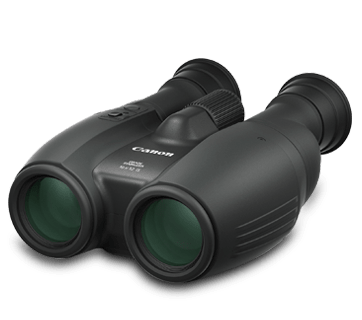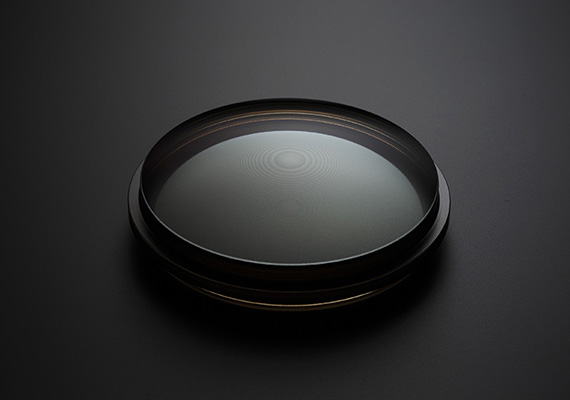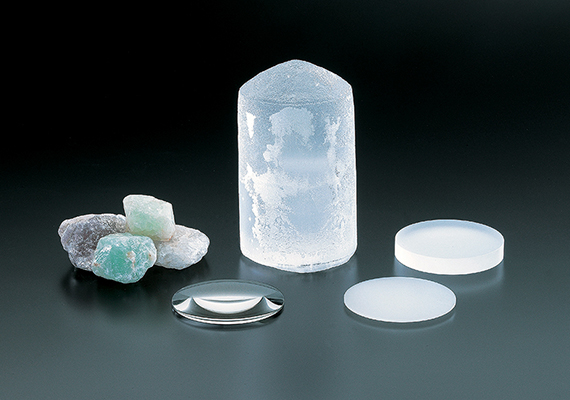UD Lenses
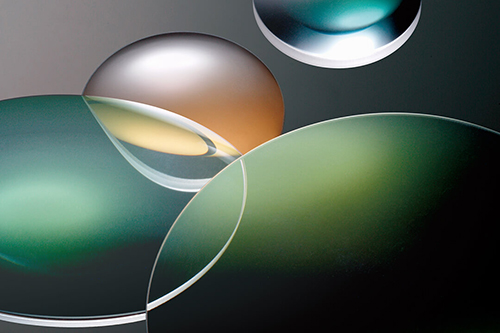
Though fluorite offers superior optical characteristics, widespread use is hindered by its extremely high cost. In order to extend ideal performance to an ever-wider range of camera lenses, Canon embarked on the development of an optical glass with characteristics similar to fluorite. In the early 1970s, we succeeded in development of UD (Ultra-low Dispersion) glass. Because UD glass exhibits low refractive index, low dispersion, and exceptional partial dispersion characteristics compared to standard optical glass, an optimal combination of UD lenses produces nearly the same effect as fluorite. The development of high-performance fluorite and UD lens elements led to the launch the L-series of extra high-quality FD lenses in 1978.
In 1993, Canon developed Super UD glass, a dramatic improvement over conventional UD glass. A single Super UD lens can do the job of two conventional UD lenses, producing essentially the same characteristics as fluorite. First used in the EF400mm f/5.6L USM, Super UD glass significantly reduced chromatic aberration and contributed to compact lens size. Subsequently, the exceptional performance of Super UD glass has been incorporated in a large number of L-series lenses.


